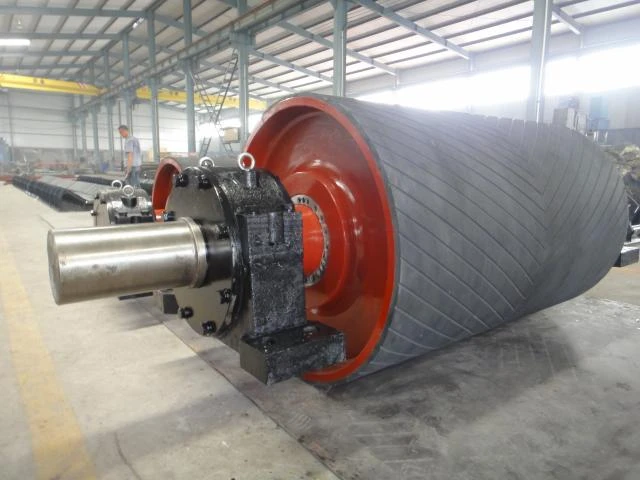 Afrikaans
Afrikaans  Albanian
Albanian  Amharic
Amharic  Arabic
Arabic  Armenian
Armenian  Azerbaijani
Azerbaijani  Basque
Basque  Belarusian
Belarusian  Bengali
Bengali  Bosnian
Bosnian  Bulgarian
Bulgarian  Catalan
Catalan  Cebuano
Cebuano  Corsican
Corsican  Croatian
Croatian  Czech
Czech  Danish
Danish  Dutch
Dutch  English
English  Esperanto
Esperanto  Estonian
Estonian  Finnish
Finnish  French
French  Frisian
Frisian  Galician
Galician  Georgian
Georgian  German
German  Greek
Greek  Gujarati
Gujarati  Haitian Creole
Haitian Creole  hausa
hausa  hawaiian
hawaiian  Hebrew
Hebrew  Hindi
Hindi  Miao
Miao  Hungarian
Hungarian  Icelandic
Icelandic  igbo
igbo  Indonesian
Indonesian  irish
irish  Italian
Italian  Japanese
Japanese  Javanese
Javanese  Kannada
Kannada  kazakh
kazakh  Khmer
Khmer  Rwandese
Rwandese  Korean
Korean  Kurdish
Kurdish  Kyrgyz
Kyrgyz  Lao
Lao  Latin
Latin  Latvian
Latvian  Lithuanian
Lithuanian  Luxembourgish
Luxembourgish  Macedonian
Macedonian  Malgashi
Malgashi  Malay
Malay  Malayalam
Malayalam  Maltese
Maltese  Maori
Maori  Marathi
Marathi  Mongolian
Mongolian  Myanmar
Myanmar  Nepali
Nepali  Norwegian
Norwegian  Norwegian
Norwegian  Occitan
Occitan  Pashto
Pashto  Persian
Persian  Polish
Polish  Portuguese
Portuguese  Punjabi
Punjabi  Romanian
Romanian  Russian
Russian  Samoan
Samoan  Scottish Gaelic
Scottish Gaelic  Serbian
Serbian  Sesotho
Sesotho  Shona
Shona  Sindhi
Sindhi  Sinhala
Sinhala  Slovak
Slovak  Slovenian
Slovenian  Somali
Somali  Spanish
Spanish  Sundanese
Sundanese  Swahili
Swahili  Swedish
Swedish  Tagalog
Tagalog  Tajik
Tajik  Tamil
Tamil  Tatar
Tatar  Telugu
Telugu  Thai
Thai  Turkish
Turkish  Turkmen
Turkmen  Ukrainian
Ukrainian  Urdu
Urdu  Uighur
Uighur  Uzbek
Uzbek  Vietnamese
Vietnamese  Welsh
Welsh  Bantu
Bantu  Yiddish
Yiddish  Yoruba
Yoruba  Zulu
Zulu conveyor accessories
Understanding Conveyor Accessories Enhancing Efficiency and Safety in Material Handling
Conveyor systems play a pivotal role in industrial operations by streamlining the movement of materials and goods from one location to another. However, the effectiveness of a conveyor system can often hinge on the quality and type of accessories used in conjunction. Conveyor accessories encompass a wide range of components designed to enhance the functionality, efficiency, and safety of conveyor systems. This article explores some essential conveyor accessories and their roles in optimizing material handling processes.
1. Conveyor Belts
At the core of any conveyor system is the conveyor belt itself. Conveyor belts come in various types, such as flat belts, modular belts, and cleated belts, each serving different purposes. Flat belts are versatile and widely used for transporting light to moderate loads, while modular belts, made up of interlocking plastic modules, provide greater flexibility and are ideal for complex layouts. Cleated belts, on the other hand, are designed to move items on inclines or declines by featuring raised sections, preventing product slippage.
2. Rollers and Idlers
Rollers and idlers are crucial components that support the conveyor belt and facilitate smooth movement. Rollers are typically placed beneath the conveyor belt to provide support and minimize friction, allowing the belt to move more efficiently. Idlers, which are non-powered rollers, play an important role in maintaining belt alignment and tension. The choice of roller type—whether it be smooth, rubberized, or grooved—can significantly impact the performance and lifespan of the conveyor system.
3. Conveyor Frames and Supports
The frame of a conveyor system provides the structural integrity required to support the entire system. Made from materials such as steel or aluminum, the frame must be designed to accommodate the weight and volume of the materials being transported. Additionally, supports and brackets are essential for installation and ensuring stability, especially in environments with heavy loads or vibrations.
4
. Drive Systemsconveyor accessories

Conveyor systems require a reliable drive mechanism to power the movement of the conveyor belt. Electric motors are the most common drive systems, often coupled with gearboxes to provide the necessary torque. Various types of drive configurations exist, including belt-driven, chain-driven, and even gravity-driven systems, depending on the specific application and materials being handled. Choosing the right drive system is critical for achieving the desired speed and efficiency.
5. Safety Accessories
Safety is paramount in any industrial environment. Conveyor accessories that enhance safety include guards, emergency stop switches, and belt scrapers. Guards prevent accidental contact with moving parts, reducing the risk of injury. Emergency stop switches allow operators to quickly halt the conveyor in the event of an emergency. Belt scrapers help to maintain cleanliness by removing debris from the conveyor belt, preventing product contamination and ensuring a safe working environment.
6. Sensors and Controls
Modern conveyor systems increasingly incorporate sensors and control systems to enhance automation and efficiency. Photoelectric sensors, for instance, can detect the presence of items on the conveyor belt, allowing for precise control of movement and preventing jams. Additionally, programmable logic controllers (PLCs) can automate various functions, such as starting and stopping the conveyor based on predefined parameters.
7. Maintenance Accessories
To ensure longevity and reliable operation of conveyor systems, maintenance accessories are essential. Lubrication systems, alignment tools, and tensioning devices help to maintain optimal performance and prevent breakdowns. Regular maintenance is critical for reducing downtime and extending the life of both the conveyor accessories and the system as a whole.
Conclusion
Conveyor accessories are indispensable components that enhance the efficiency, safety, and operational lifespan of conveyor systems. By carefully selecting and integrating these accessories, businesses can ensure smooth material handling, reduce operational costs, and create a safer working environment. Whether it’s choosing the right type of conveyor belt, implementing safety features, or automating control processes, investing in high-quality conveyor accessories is a strategic decision that can yield significant returns in productivity and safety. As industries continue to evolve, the importance of these accessories will only become more pronounced, making it crucial for operators to stay informed and proactive in their implementation.
-
Revolutionizing Conveyor Reliability with Advanced Rubber Lagging PulleysNewsJul.22,2025
-
Powering Precision and Durability with Expert Manufacturers of Conveyor ComponentsNewsJul.22,2025
-
Optimizing Conveyor Systems with Advanced Conveyor AccessoriesNewsJul.22,2025
-
Maximize Conveyor Efficiency with Quality Conveyor Idler PulleysNewsJul.22,2025
-
Future-Proof Your Conveyor System with High-Performance Polyurethane RollerNewsJul.22,2025
-
Driving Efficiency Forward with Quality Idlers and RollersNewsJul.22,2025





























